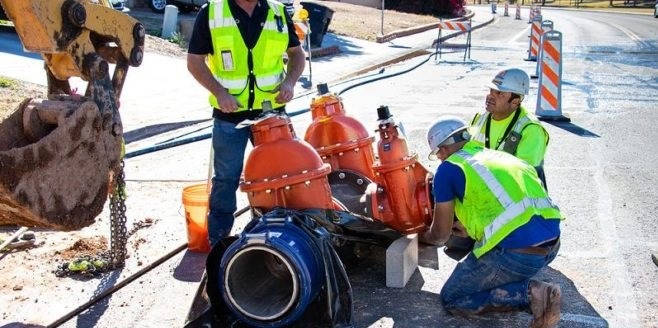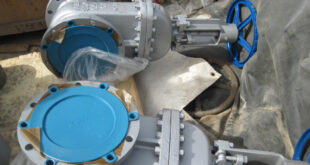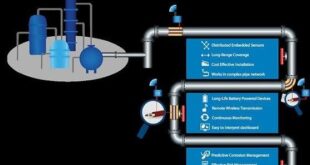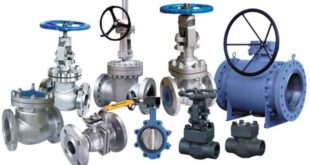Installation and service guide for industrial valves
A valve is a device used to control the flow and pressure of fluids, the main functions of industrial valves are:
- Complete disconnection and connection of current
- Adjusting the flow of the required amount of fluids
- Preventing the return of passed fluids
- Adjusting and controlling the amount and pressure of fluids
- Control and safe keeping of pressurized devices
Basically, valves are used in cases where there is a pressure difference for fluid flow.
Industrial valves are generally divided into two categories:
- Hand valves that work with human power.
- Automatic valves that work with electric power (and in some cases hydraulic or pneumatic power).
According to the use of valves in different cases, many types of industrial valves have been made, some of them are mentioned below:
- Flow control valves (Needle Valves)
- Butterfly Valves
- Gate Valves
- Non Return or Check Valves
- Automatic air valves
Valves that are correctly selected according to their service conditions, if installed correctly and maintained regularly, will work for many years without problems.
The most important instructions are the manufacturer’s instructions regarding the installation, maintenance and repair of any type of valve that should be considered. The following information is included for basic guidance only.
General recommendations for valves installation:
- As much as possible, the valves should be installed in a place where there is enough space around them so that their repair can be done easily.
- Before installing a valve, check and make sure that the size, pressure, construction materials, piping end connections, etc., of the said valve are suitable for the service conditions of that special work.
- Great care must be taken to remove all the dust that has accumulated in the valve during storage before installing the valve. Cleanliness should also be maintained when installing the valve because the presence of dust will damage the seat and the functioning of the valve mechanisms.
- Turn the valve once from open to closed and vice versa. If no problem is found, install the valve in its place.
- In order to facilitate cleaning and cleanliness, manufacturers put suitable covers on the open end of the valves.
- In order to reduce the risk of abrasive particles that cause damage to the seat, before starting the valve, the flow path before and after it should be checked for cleanliness and the absence of foreign materials such as pieces of armature, welding electrode, stone and concrete.
General recommendations on the maintenance of valves:
- Since direct light and ultraviolet rays are harmful to the valve rubber, it is necessary to store the valves in a closed place where the lighting system is not moonlight or gas lamps.
- The paint coating on the valves is responsible for protection against oxidation and corrosion, so any damage to the paint coating should be avoided.
- In order to prevent the deformation of the rubber seal during its storage period, the valve should be in a half-open position. Never close the valve completely. Also, any kind of oil and chemical substances have a negative effect on the life and performance of the sealing rubber.
- The sealing surface of the valve body (steel ring) and the location of the valve flange gasket should not be injured. Any grooves and scratches on the mentioned surfaces will cause lack of sealing and cause decay.
- As with any mechanical device, regular maintenance is the most effective means of ensuring long-lasting performance. It is recommended to follow the maintenance and repair instructions given by the manufacturer in each case. A regular schedule of inspections of all valves is essential.
- Valve discs and seats should be inspected for any damage or wear and if necessary, returned to the repair site or to the manufacturer for major repairs.
 Ontrose industrial corporation Inc. Engineering and supply of industrial projects
Ontrose industrial corporation Inc. Engineering and supply of industrial projects





